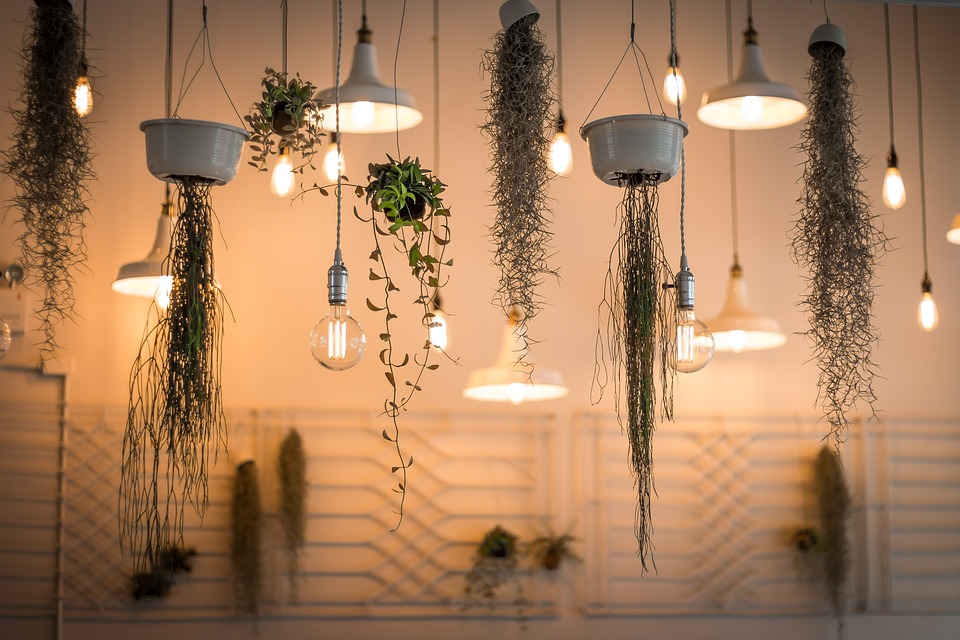Lighting is an integral part of any space. It sets the mood and creates the atmosphere that defines that specific area. Professional lighting design can transform a space from drab and uninviting to stunning and welcoming. By choosing the right lighting for a space, a designer can create a mood, highlight architectural features, or highlight specific objects – all with the power of light.
One essential aspect of professional lighting design is deciding on the type of light needed in a space. This could be ambient light, task lighting, or accent lighting. Ambient lighting provides general illumination throughout a room. Task lighting is specific and focused on a specific task, and accent lighting is used to highlight specific areas, objects or features.
Another crucial element of professional lighting design is the positioning of the light sources. It is important to place the light fixtures in a strategic position that enhances the space’s architecture, and facilitates the design concept. By placing light fixtures in the right position, you can highlight the unique features of a room and draw attention to the design elements that make space special.
Finally, color is another important factor in professional lighting design. Choosing the wrong color temperature can lead to a space feeling flat or uninviting. By selecting warm tones, you can create a cozy environment perfect for relaxation, while cooler temperatures create a modern and fresh atmosphere.
Professional lighting design can transform any space into a unique and inviting environment by controlling the ambiance and mood of the space. With the right lighting plan, you can create the perfect atmosphere and experience for any space.






